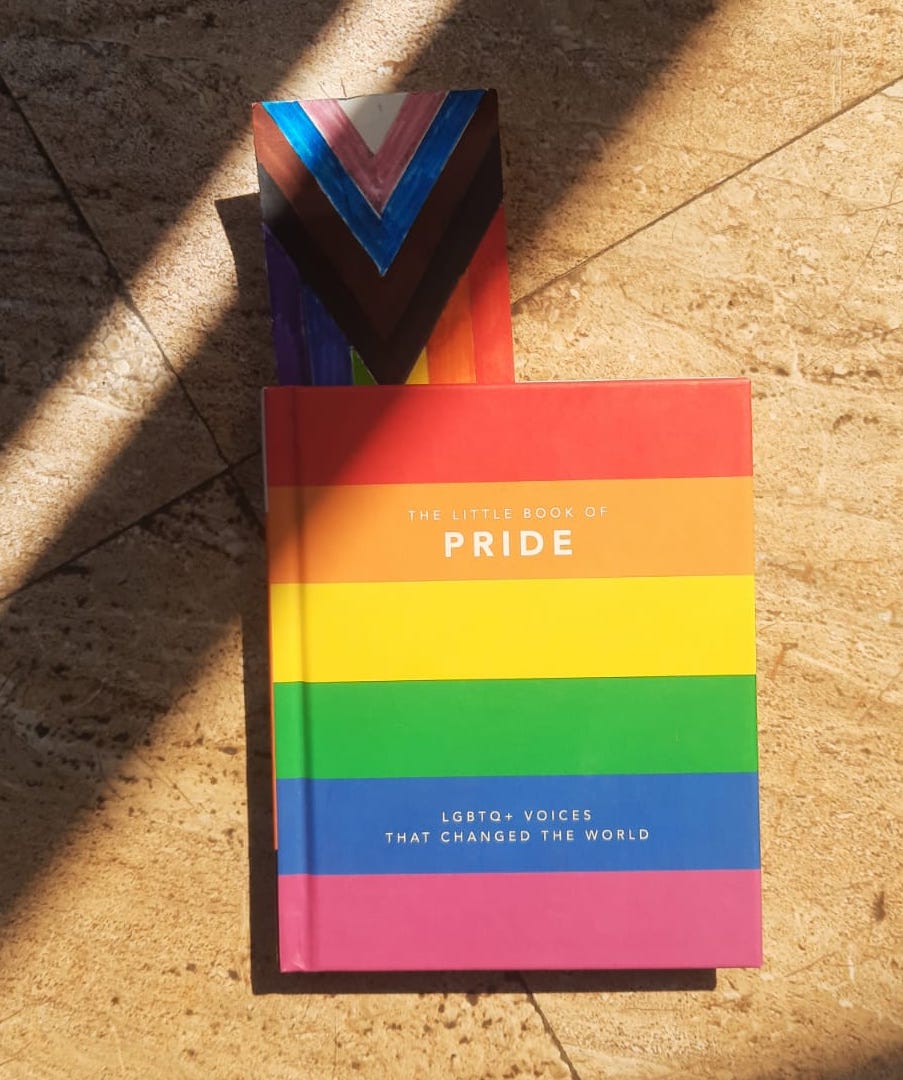Aadya Sharma
New Delhi: Heteronormativity is the assumption that everyone is straight and that romantic and sexual relationships can only exist between a man and a woman. It assumes that heterosexuality is the default sexual orientation and that it is the only normal way to express sexuality and romantic attraction. This assumption is incredibly harmful as it negatively affects the LGBTQIA+ community.
Queerness as confusion.
When members of the LGBTQIA+ come out, they are sometimes told they are going through a phase and that it will eventually pass. People may believe they are unsure of themselves or their sexuality. The idea that any sexuality that isn’t heterosexuaityl is a phase is heteronormative since it implies that everyone is straight and anyone who isn’t is just confused.
The Impact of Heteronormativity.
For various reasons, the notion that being straight is the only natural way to experience sexual or romantic desire is problematic. When people only see the representation of straight couples in the media, they form the impression that not being straight is abnormal. This notion is ludicrous and untrue.
There is a dire need for accurate media representation of queer relationships. The existing representation is either accompanied by sad narratives or is centred on the individual’s sexuality instead of the individual and is stereotypical. Another issue in the media industry is cisgender heterosexual people playing queer, non-binary, and transgender characters.
Viewing this belief as the norm gives the message that it isn’t okay to be attracted to people of the same or similar genders. It also gives the message that such people don’t exist, which is entirely untrue. This is homophobic, and it is immensely problematic since it is emotionally destructive to people of all sexual and romantic identities, besides heterosexuality.
Due to the deep foundations of heteronormativity, we aren’t taught in school what homosexuality means or what sexual fluidity is. We are taught that gender and sex are interwoven, and these two terms are used interchangeably. Your gender expression is different from your sex; sex is biologically defined, and gender is a social construct that is an internal sense of self, whether an individual sees themselves as a man or a woman or another gender identity.
The absence of education and understanding regarding gender studies in schools is one of the reasons why it may take queer people years to find out their sexualities or gender expressions.
NCERT had introduced a Teacher-Training Manual on Transgender-Inclusive School Education earlier this year, which was removed owing to backlash. The significance and relevance of this manual remain constant. Children deserve to be taught about gender issues, queerness, and various gender identities. They should not be shielded from such themes or forced to learn about them through social media; instead, they should be taught about them in school. If these ideas had been taught in school, previous generations might not have been so prejudiced.
It leads to poor mental health.
For LGBTQIA+ youth, the distinction between having a family that accepts them as they are and a family that supports them is crucial, as having a family that does not accept or support them can be a matter of life and death. Many studies show how familial and community acceptance can be vital to one’s mental well-being and how the risk of depression and suicide is increased when a teenager does not feel welcomed or accepted.
In addition to receiving fair treatment from their peers and families, representation is essential to good mental health. When people see themselves represented in their culture, they feel a sense of belonging. When people only see heteronormative examples of romantic relationships, it can hurt their mental health.
It leads to bullying.
Bullying is supported by heteronormativity as it promotes a single, specific view of how people should look, behave, and think, and anyone who falls outside of that box becomes a target.
When all the children in the community see is the depiction of straight people or an inaccurate representation of LGBT people, it causes them to believe that children who do not fit into that box are flawed by nature.
It encourages discrimination.
Despite the decriminalisation of Article 377 in 2018, the Central and State governments have failed to take any measures for the upliftment of the LGBTQ+ community. The community also failed to gain societal approval from the country’s citizens.
The way heteronormativity encourages prejudice is quite like how it encourages bullying. Giving adults the notion that anyone who isn’t straight and cis is odd sets them up to struggle in life. This encompasses everything from getting turned down for a career promotion to obtaining subpar health treatment, all of which are significant difficulties for LGBTQIA+ people. Members of the LGBTQIA+ community have had their rights and protection in society eroded as a result of lawmakers' and policies' disrespect for them.
For instance, when someone is both a member of the LGBTQIA+ community and a person of colour, they may face oppression and economic inequality.
When society acts as though there is only one acceptable way to be,
This prevents individuals from improving and expanding the lives of those who do not fit into that paradigm. Heteronormativity encourages discrimination by establishing an exclusive community of straight, cis people.
Widening Your Horizons.
Heteronormativity is a primary driving force in our society. However, as you can see, it is a problematic one that harms all people who are not straight.
Because heteronormativity is built on the assumption that everyone is straight and cis, avoid making nasty assumptions and statements, educate yourself and raise awareness.
Let us strive to overcome societal misconceptions and become more progressive and accepting. Instead of assuming anyone’s sexual orientation or gender identity, begin instilling the usage of they/them pronouns to refer to people whose gender we don’t know. And instead of assuming someone’s gender, ask them for their preferred pronouns.
